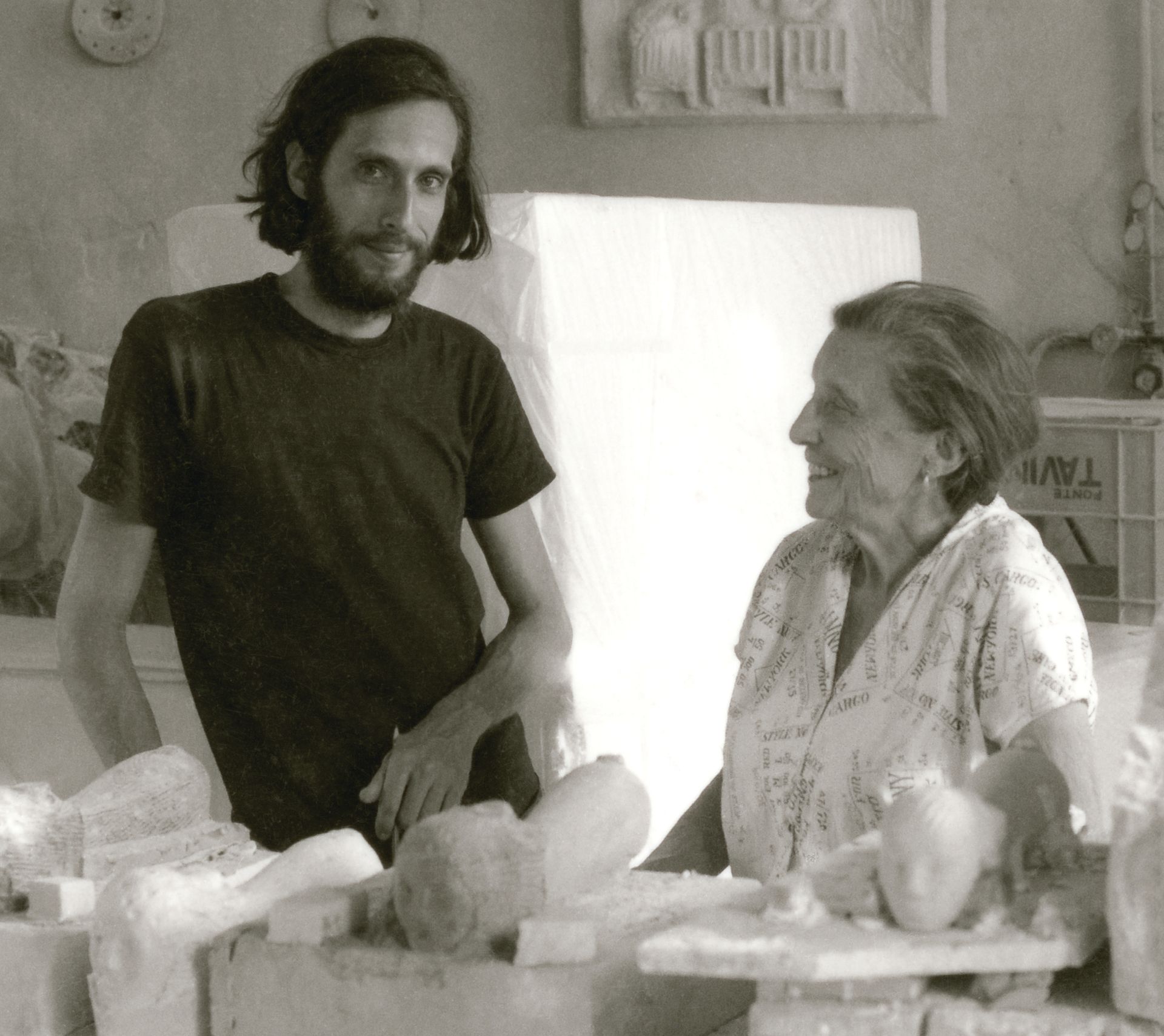An artist’s estate is successful when it is able to keep the work alive: when subsequent generations of artists draw inspiration from it and when curators, researchers and collectors continuously find new ways to approach it. This goal is achieved when the estate initiates dialogue and exhibitions, contextualises the work, and makes it accessible to contemporary artists. Reaching it, however, requires a quantity of high-quality works as well as financial resources. Furthermore, a vast array of knowledge and skills, ranging from an art-historical understanding of the work to managerial and business know-how, are crucial to the success of this endeavour. Thus, heirs often devote a significant portion of their lives to this work.
Not fade away There is extreme pressure to professionalise artists’ estates today, perhaps more so than ever. The production of art in the 20th century was vast, and it shows no signs of abating in the 21st century: there are more art students, art schools and museums, and the already highly competitive, globalised art market is becoming more so. This increased interest in art and its makers can only guarantee short-term visibility, not long-term survival. Accordingly, the question of how to set up an artist’s estate has become pressing, and should ideally be addressed while an artist is still alive.

Good estate management can be learned. A clear understanding of the task at hand and a well-defined strategy are crucial components of this process. Estates ensure that the work does not fade away after an artist’s death by continually inviting dialogue; it is also helpful if those in charge are on good terms with one another and have respected reputations. Even when they see their responsibilities as familial, family members and close friends of an artist should be committed to professional modes of operation. Their dedication to the oeuvre is long term, and is the cornerstone of their work.
Great responsibility Planning or working for an artist’s estate is a constant reminder of an artist’s eventual death, and can therefore be painful. This is true for both an artist who establishes an estate while alive as well as their loved ones. The artist must address fundamental questions and topics, however, if he or she wishes to set up the estate independently and pass it on in a fully realised form. An artist has to face questions pertaining to their life’s work and its success, evaluate and organise the works on hand, and perhaps even destroy some of them. If they no longer possess the required strength to do so, then it is wise to set the heirs on the right path. Spouses and children bear not only the burden of losing a loved one, but also the material burden of the estate.
The great responsibility of managing an estate can quickly become overwhelming, as the to-do list can seem endless. For family members, working with the estate means an ongoing reassessment of their relationship with an artist. Moreover, the task poses great challenges to the direction of their own life. The confluence of these emotional circumstances makes it exceedingly difficult to maintain an objective point of view on an estate. It is, therefore, all the more important to develop those structures and strategies that will facilitate the estate’s professionalisation. It is also important that there be enough breathing room for the stakeholders to avoid arguments but not so much flexibility that they lose direction, as both are poison to successful estate work.

Estates today should present themselves as autonomous art institutions that are supported by the three pillars of scholarly research, museums and the art market. There is no “one-size-fits-all” model. The possibilities are as varied as the artists’ oeuvres and the interests of those involved in the estate.
Two important concerns unify all artists’ estates, no matter how different they might be. They repeatedly ask themselves: what would the artist want if they were alive today? Do we have a solid art historical understanding of the work and are we acting on its behalf and not just for our own personal gain? These questions help establish the guidelines for each and every artist’s estate. Only when they are addressed can Andy Warhol’s take on the meaning of death for an artist really come true: “Death can really make you look like a star!”
• Extracts from The Artist’s Estate: a Handbook for Artists, Executors and Heirs, edited by Loretta Würtenberger and published by Hatje Cantz to coincide with Keeping the Legacy Alive, a conference organised by the Institute for Artists’ Estates, 14-15 September, Berlin

